Eight resourceful low-cost housing projects from around the globe
Architects plan low-cost residences for all kinds of reasons, whether rehousing victims of natural disasters or creating affordable homes for people with low incomes. We've collected eight of the best examples, from a prefabricated home in Sweden to a bamboo dwelling in Vietnam (+ slideshow).
S House, Vietnam, by Vo Trong Nghia Architects
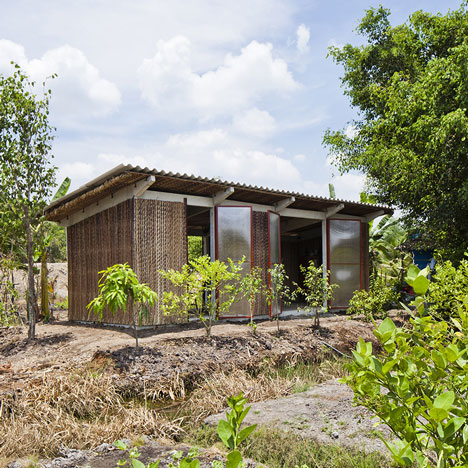
Responding to the housing crisis in Vietnam, Vo Trong Nghia Architects has been developing its design for an affordable and low-maintenance dwelling suited to the country's tropical monsoon climate.
The second-phase prototype features a pre-cast concrete structure that can be clad with various low-cost materials, depending on what is most readily available.
"People in Mekong Delta with an average income under £60 per month mainly live in cheap temporary houses. Ironically, poor structures result in high maintenance fees. Therefore, low-cost but permanent housing is an urgent social issue here," said the architects. Read more about S House »
Empower Shack, South Africa, by Urban-Think Tank and ETH Zürich
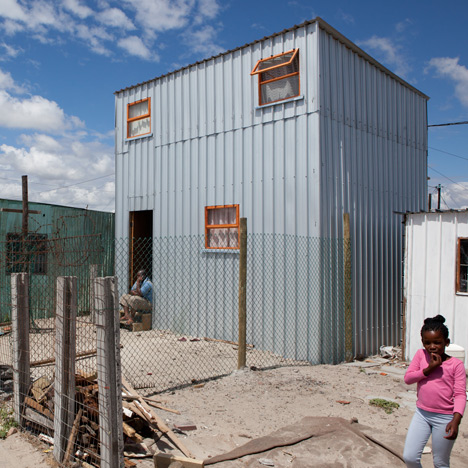
Design strategy collective Urban-Think Tank teamed up with ETH Zürich university on the Empower Shack project – an initiative to improve housing conditions for people living in slums in some of the 2,700 informal settlements across South Africa.
The first house designed and built by the team was a two-storey shack for local resident Phumezo Tsibanto and his family in Khayelitsha, a township in Cape Town that is one of the largest in South Africa. Read more about Empower Shack »
Happy Cheap house, Sweden, by Tommy Carlsson
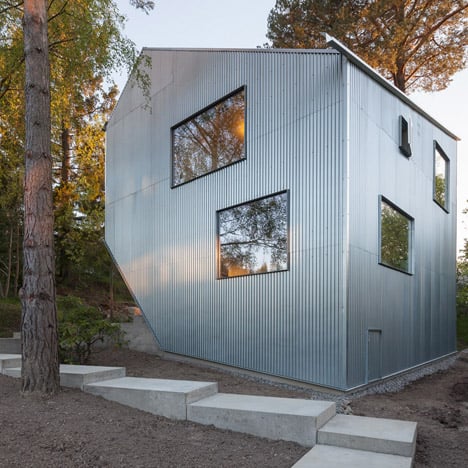
Swedish architect Tommy Carlsson developed this prefabricated house clad with corrugated metal as an alternative to Sweden's typical suburban residences – although Dezeen readers questioned whether €170,000 is cheap enough.
The 110-square-metre property features a prefabricated modular frame of laminated plywood. "The concept is both a vision of a better world in the small format, how we live in the future, what we need around us in the housing world and how large a house we really need," said the architect. Read more about Happy Cheap house »
Post-Tsunami Housing, Sri Lanka, by Shigeru Ban
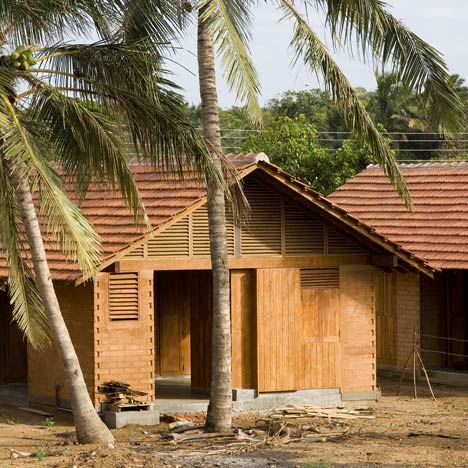
Asked to rehabilitate a Sri Lankan fishing village that was swept away during the 2004 tsunami, Japanese architect Shigeru Ban designed houses with compressed earth walls and wooden roof structures. "This was not going to be a traditional disaster relief effort where we go in and make homes really fast and leave," said developer Phillip Bay.
Each house has two bedrooms, a hall and a sheltered courtyard, which residents can use as a dining room, social space or as a place to repair fishing nets. Read more about Post-Tsunami Housing »
Bamboo Micro-Housing, Hong Kong, by Affect-T
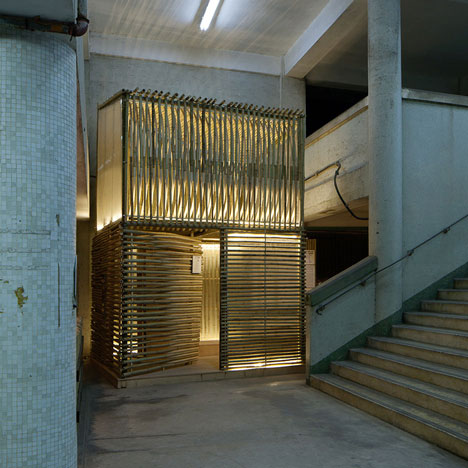
Hong Kong's abandoned factories are the perfect place to build temporary housing communities, suggested Affect-T founder Dylan Baker-Rice with this modular housing proposal. "Residents would live in these houses for six months to seven years, which is the waiting time for public housing in the city," he told Dezeen.
A three-metre-wide prototype of the structure was built from bamboo, held together using a custom-designed system of bolts and fasteners. Read more about Bamboo Micro-Housing »
Prototyping UH, Japan, by General Design
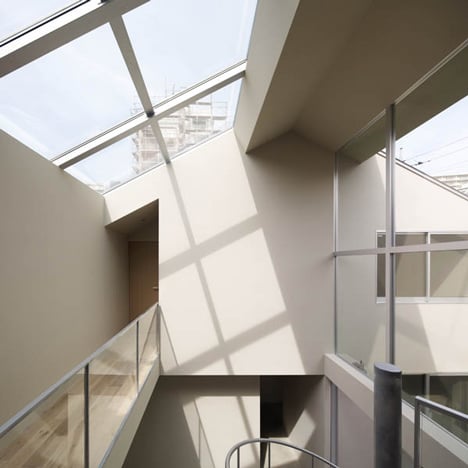
This two-storey residence by General Design was intended as an urban housing template that can be replicated in any Japanese city. Located in Tokyo, the gabled house contains a sky-lit atrium and private courtyard behind its windowless plaster-covered exterior.
"The clients simply asked for a basic house for themselves and their two children, so we regarded this project as an opportunity to work on urban house prototypes," said the architects. Read more about Prototyping UH »
Pop-up housing in garages, United Kingdom, by Levitt Bernstein

Some Dezeen readers were furious about this proposal to turn disused parking garages into tiny pop-up homes by Levitt Bernstein architect Georgie Revell and former colleague Sarah Jenkinson.
However many commenters praised the project for its aims – to create a temporary solution to the shortage of low cost, single occupancy housing in Hackney, east London. "If it's temporary housing then what is the problem?" said Dean. Read more about the pop-up garage housing »
Casa Convento, Ecuador, by Enrique Mora Alvarado
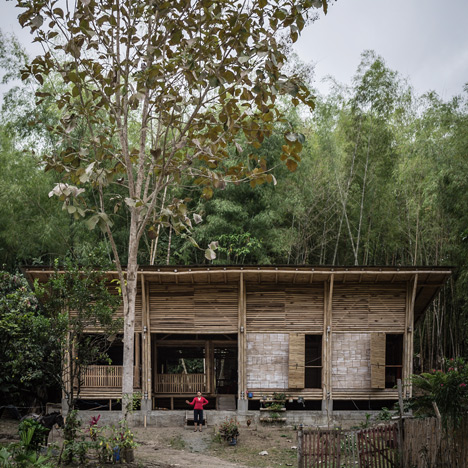
This recently completed house in a remote Ecuadorian rainforest was designed by architect Enrique Mora Alvarado to be built by its residents. The family used eight laurel tree trunks and over 900 bamboo stalks to build the three-bedroom house over concrete foundations. It cost just $15,000 (£9,500).
"Building with local resources in a bamboo producing area is a huge opportunity for the community because it awakens interest in harnessing local resources with local labour, causing a low impact on the environment and improving the quality of life of the inhabitants of the region," Mora Alvarado told Dezeen. Read more about Casa Convento »